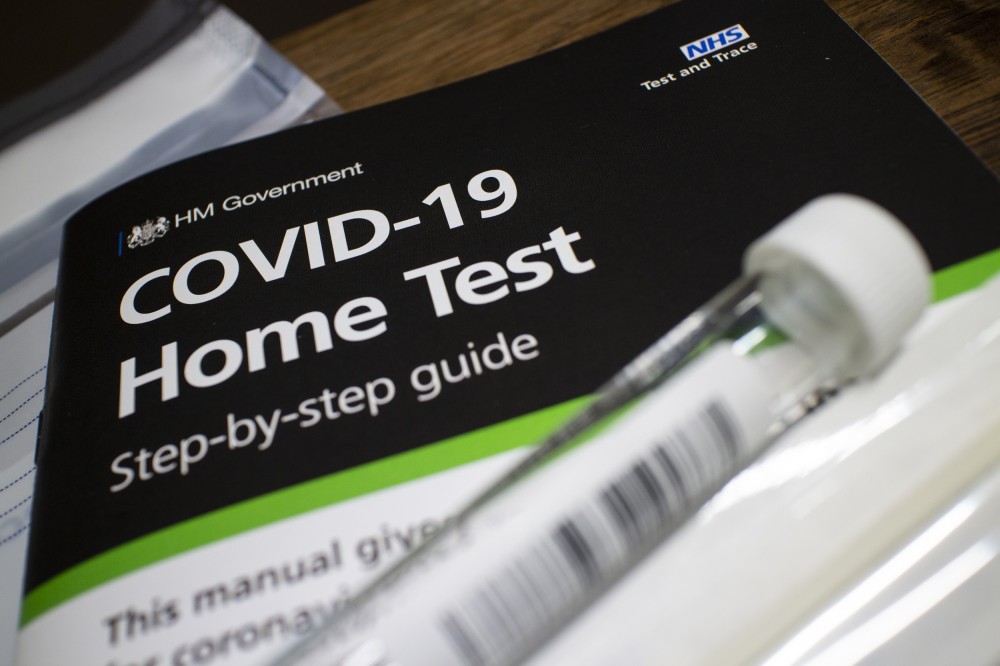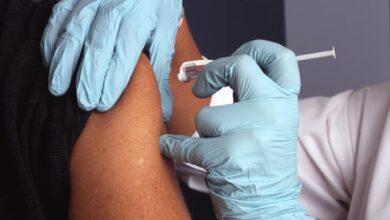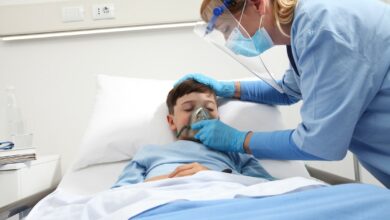If you want to travel to some destinations, you need to undergo testing first to determine whether you’re COVID-19 negative or positive. Some tend to assume that the testing needs to take place in a lab setting, and it will be expensive and hard to schedule. The good news is that COVID-19 tests can be carried out at home now.
There are destinations that are currently accepting self-tests, including Hawaii. The tests can be carried out at home or in a hotel room. The testing kits can be acquired from local pharmacies or retailers around; you’ll get the results in minutes.
Keep in mind the requirements vary from one destination to another. As a result, there are regions whereby the self-tests won’t be admissible. The self-tests are mainly suitable for people who are worried there is a shortage of COVID-19 test appointments.
In some states, travelers are finding it hard to book an appointment for a COVID-19 test, and their trips are jeopardized in the process. We’ll now look into all you need to know about the self-tests.
As a Traveler, can you opt for Self-Tests as you Get Back to the U.S.?
The CDC has made it compulsory for travelers who are yet to recover from COVID-19 to take tests at least three days before they get back to the U.S. The tests are for permanent residents and U.S. citizens alike.
You can opt for self-tests, but they need to meet the criteria below:
• It should be an antigen test
• The test should be supervised remotely through video calls such that the telehealth provider can confirm your identity while also ascertaining the test results are accurate.
• The FDA should issue emergency use authorization
The self-test option is suitable for international travelers who want to get back into the U.S.
How Do Self-Tests Work?
The tests help to determine whether you’re infected or not. The testing mode, however, varies from one brand to the next.
For some tests, you need a nasal swab, whereas, for others, you’ll only need a drop of your saliva. For each test, the CDC has suggested that you first wash your hands thoroughly and also clean the surfaces in your house before you carry out the tests. You should also check the expiry date of the testing kits. After that, ensure you’ve followed the instructions carefully.
Some tests are conducted multiple times.
The Cost of Self-Tests
The self-test kits range from $70 to $150. The kits cannot be found over the counter. You should place an order first, and the kits will be delivered within 3 to 5 business days within the U.S.
Currently, we’re combating the COVID-19 delta variant, and the home testing kits are in high demand considering the number of positive COVID-19 people is on the rise.
Are the Home-Tests Accurate?
The experts have weighed in and suggested that the self-tests are not as accurate as the PCR tests, which take part in a lab and are processed in hours.
In nations such as Hawaii, you’ll be required to ascertain you’re COVID-19 negative if you’re unvaccinated. Self-tests are acceptable, and the testing partners in the state are willing to provide the kits.
The testing protocols in cruise lines differ. Some accept home tests. For some cruise lines, the tests are carried out on board.
If the results are positive when administering the self-test, the telehealth provider will alert the relevant authorities. In this case, you may be forced to quarantine first to ensure that the virus won’t spread further.
The main reason why self-tests are suitable is because there is another party to supervise and take necessary action. As a result, the results of the tests cannot be altered in any way.






